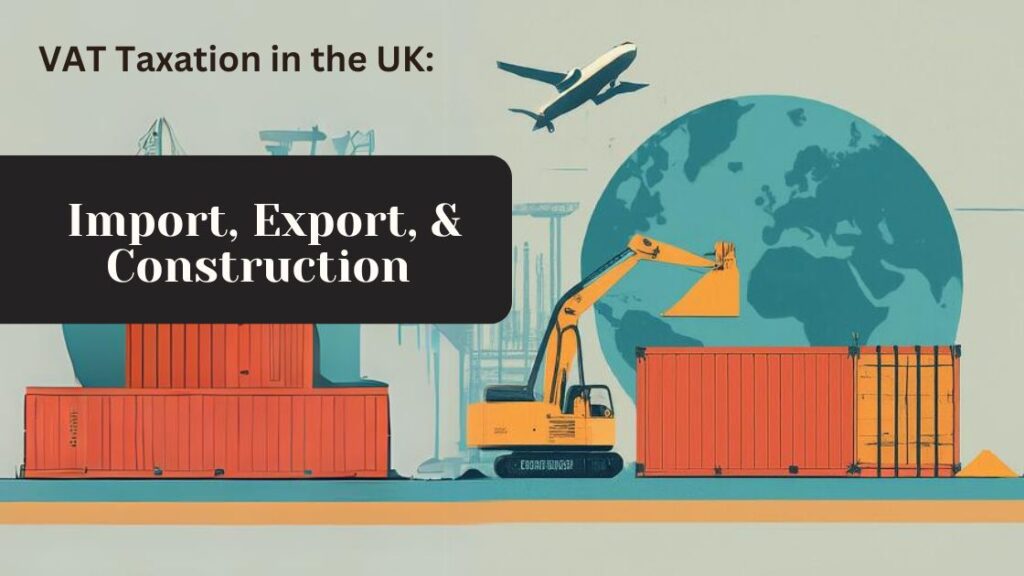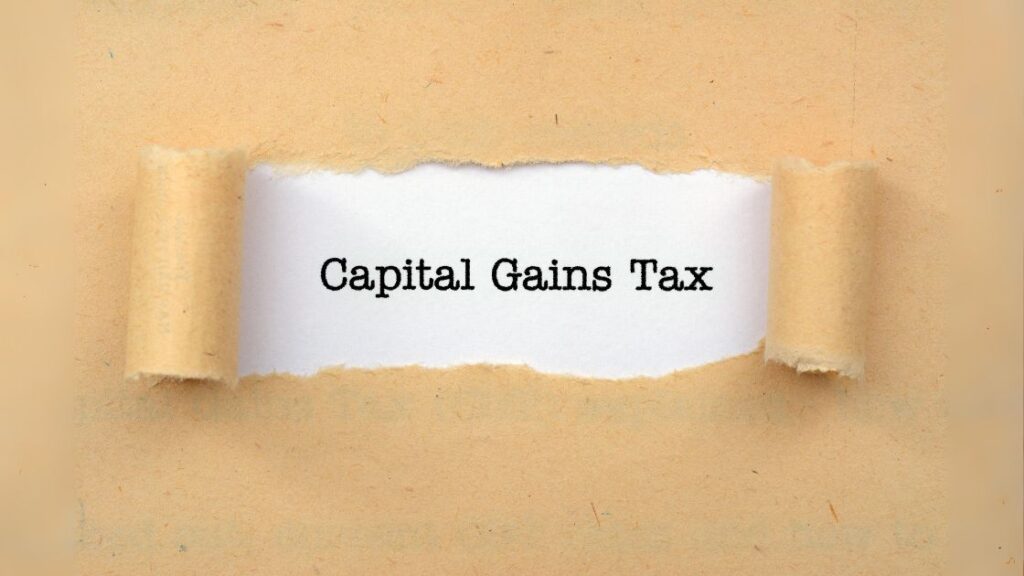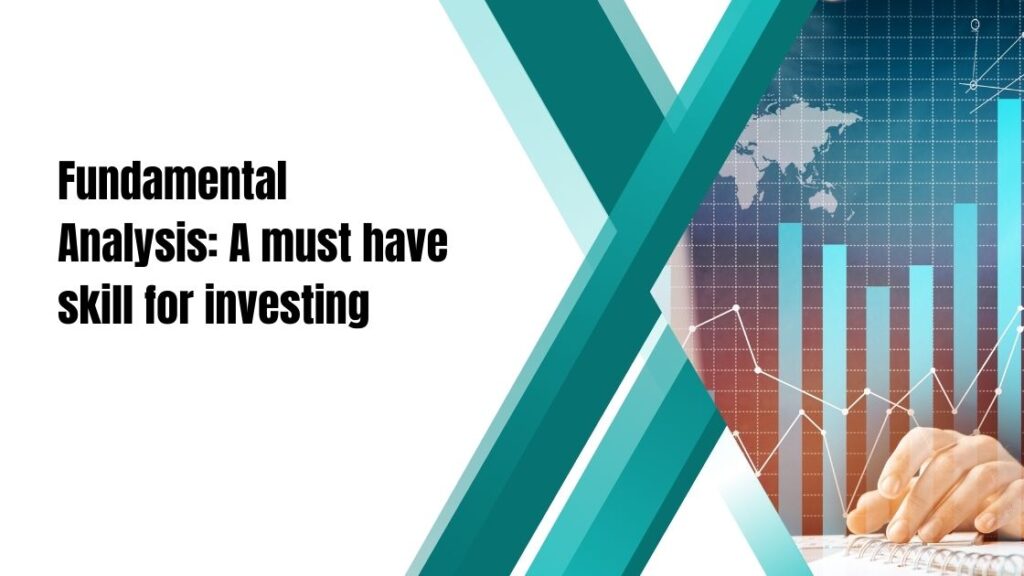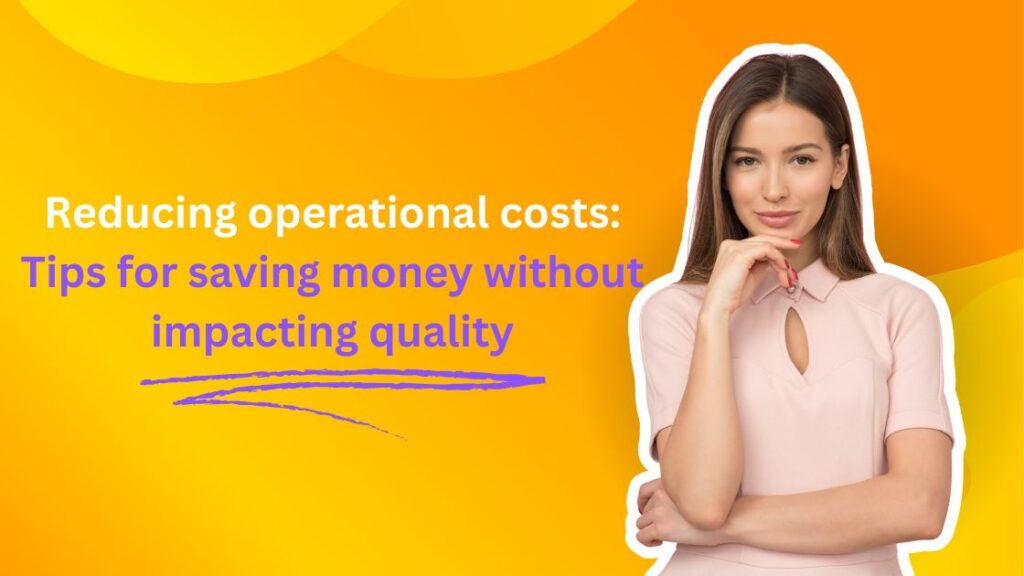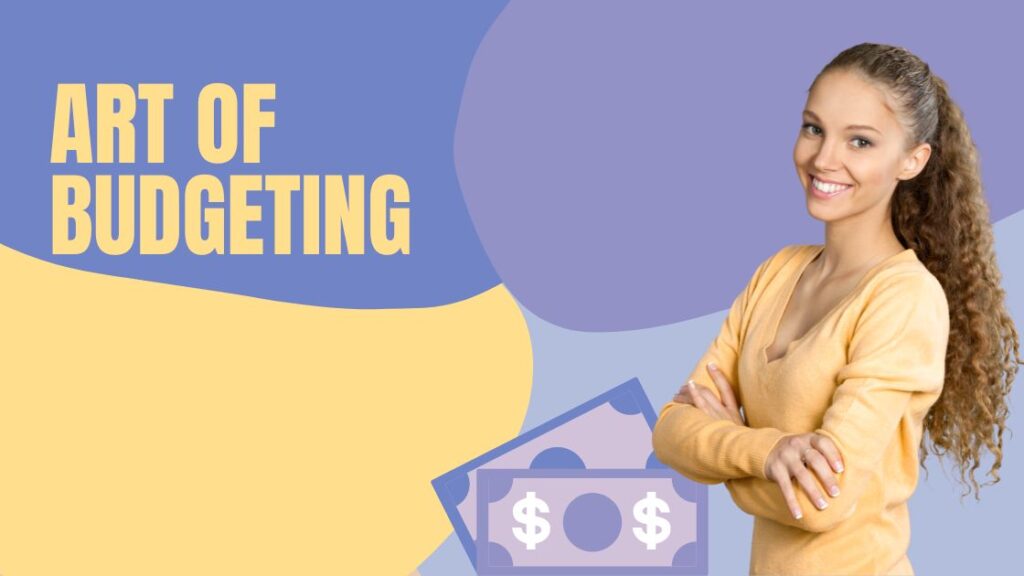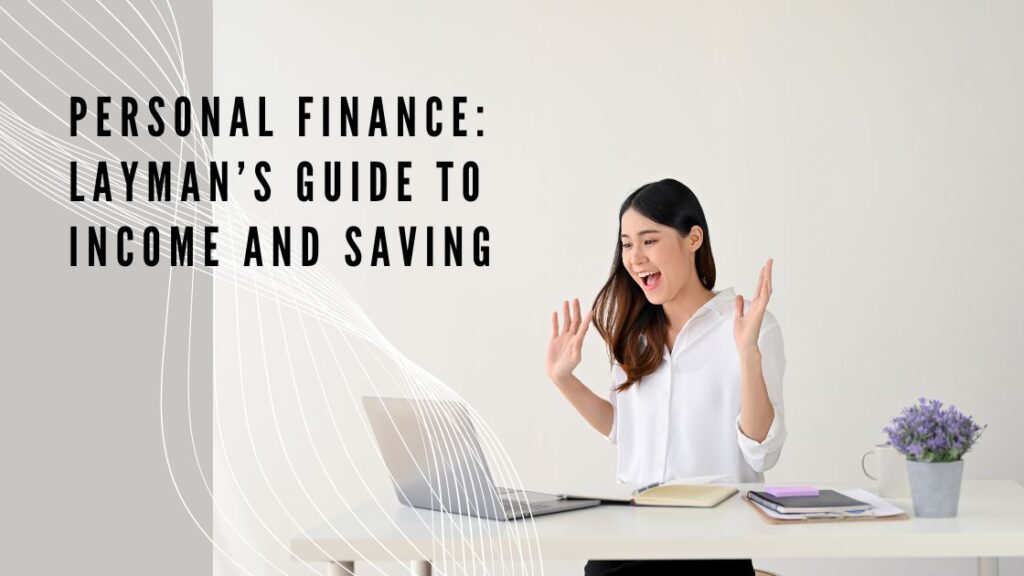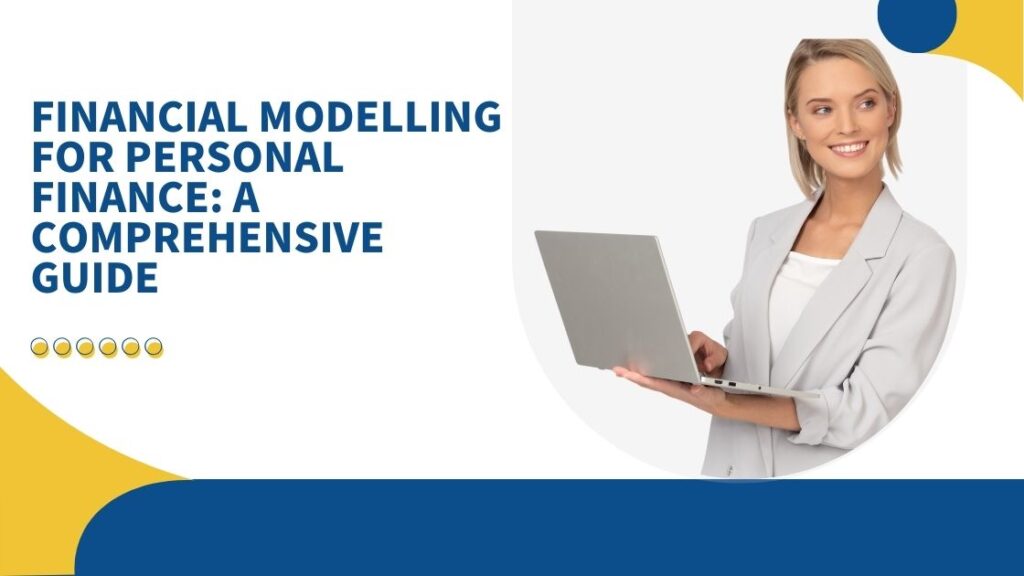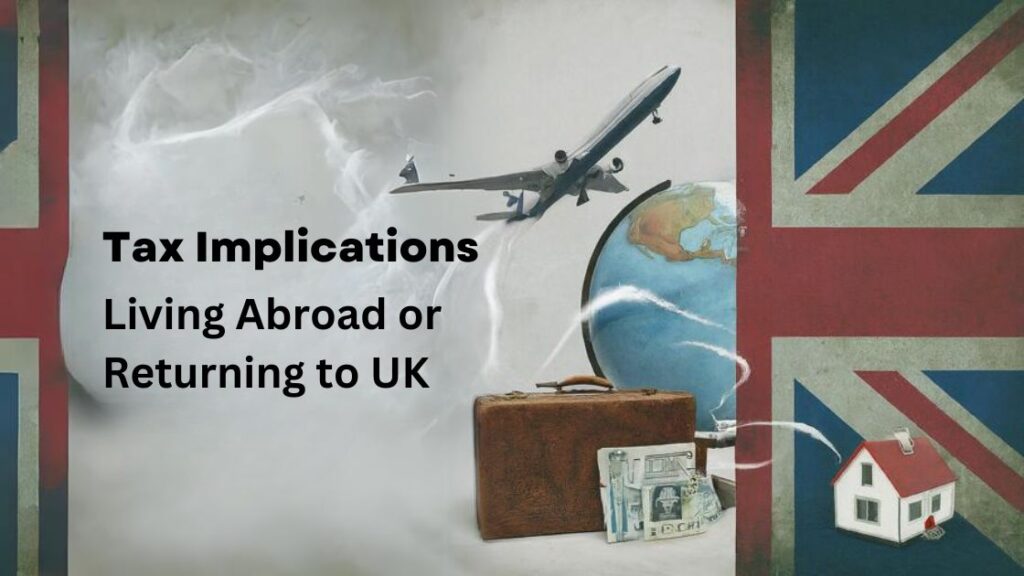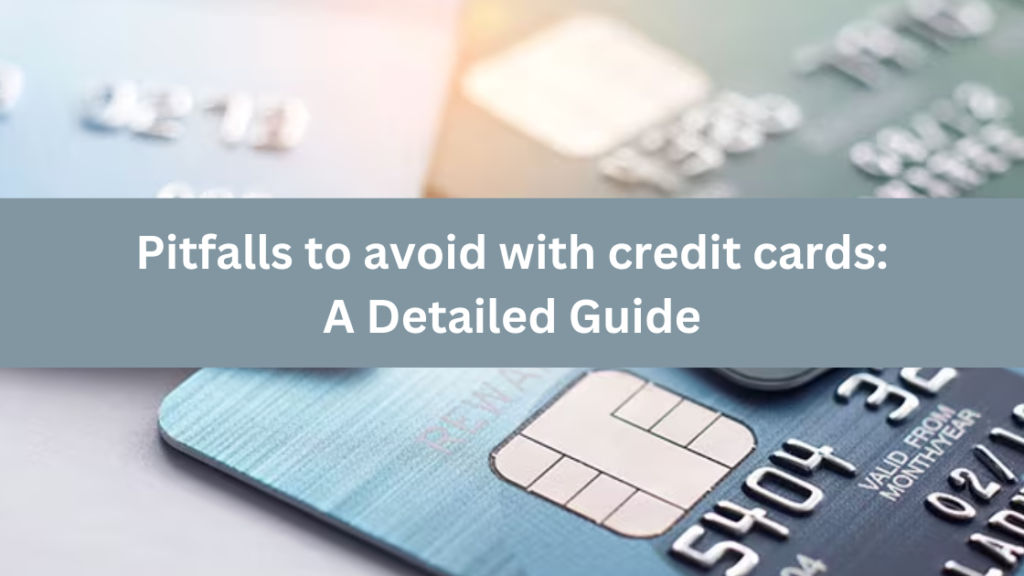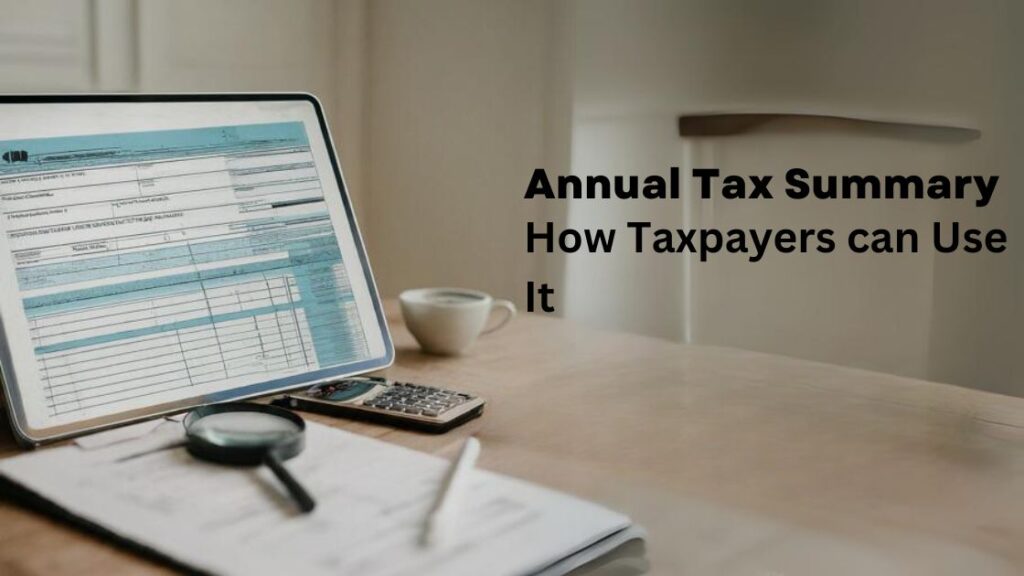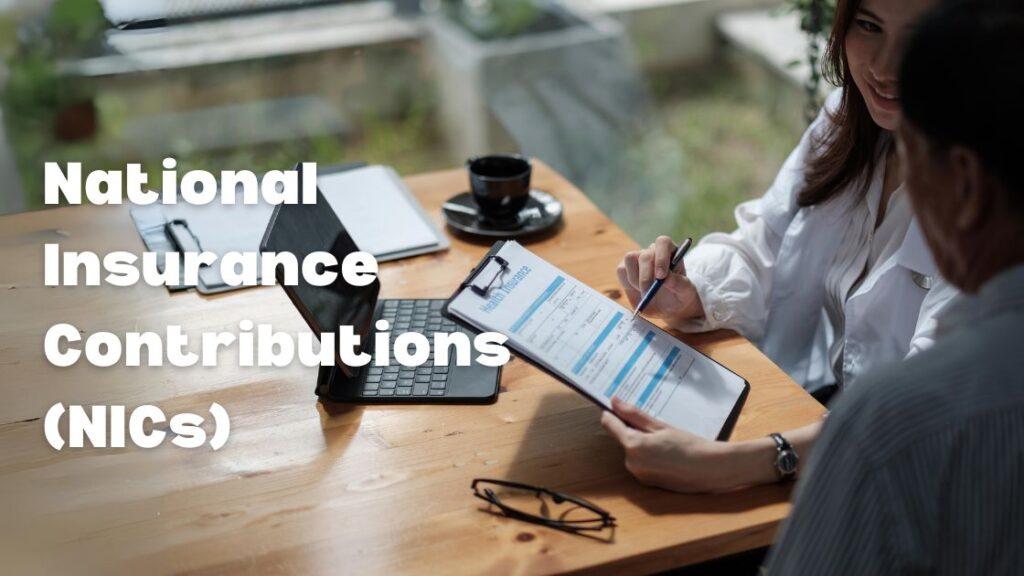Goods can be dispatched by post, courier or collected by person. Before you charge zero-rate VAT on the goods, make sure you have sufficient bill to support that the goods are exported outside the UK.
Q-1 What will happen if the exported goods are returned?
You do not have pay any VAT tax as no sale has taken place.
Q-2 Can you charge zero-rate VAT on the goods intended to go outside UK but collected by someone within UK?

You don’t have to charge VAT for goods going outside the UK if they’re being picked up by someone in person, but you’ve got to show evidence that the goods will/are being exported out of the UK. You must charge VAT on a good that’s couriered to someone in the UK before it’s exported outside UK, since it’s not being exported directly.
Q-3 What will happen if you send goods from Northern Ireland outside EU and UK?
You will charge zero-rate VAT on the goods.
Q-4 What will happen when the goods are exported outside the EU but transit through it?
You will charge zero-rate VAT if the goods are delivered to EU country but not sold and the EU business process the goods to the intended recipient outside the EU. Maintain a record of proofs to support the export destination.
Q-5 Which country VAT rules to use when exporting goods?
You will be following the VAT rules of the destination country, it always depends on the rules defined for the place of supply.
Q-6 What will happen if you are importing goods but not a registered VAT?
You still need to pay VAT on the imported goods but will not be able to claim the VAT to the HMRC.
Businesses importing goods or services into the UK must ensure compliance with VAT and customs regulations, including registering for VAT and obtaining appropriate import documentation, such as import declarations and customs clearance documents.
Importing Vehicle into the UK
If you intend to bring vehicle in the UK, then you must comply to UK rules before importing a vehicle permanently in the UK.
- Inform HMRC about your intent to bring a vehicle to the UK.
- Pay custom duty and VAT on the vehicle import.
- Ensure that your vehicle complies with UK regulations, including safety, emissions, and technical standards.
- Register your vehicle with the Driver and Vehicle Licensing Agency (DVLA) in the UK.
- Pay vehicle tax.
The below table details the VAT rate charged under different situations.
| # | Category | Situation | VAT charged |
| 1 | Export of goods | Send goods to a destination outside UK | Zero-rate |
| 2 | Export of goods | Send goods from Northern Ireland to a destination outside UK and EU | Zero-rate |
| 3 | Import of goods | Goods imported in the UK | Same as standard VAT rate, except for artworks, antiques, and collectors’ items, these are charged at reduced VAT rate. |
| 4 | Import of vehicle | Decide to import a vehicle to the UK | HMRC will decide the payable VAT depending on the vehicle’s value, age, and origin. |
| 5 | Building Houses | Build a new house or work for disabled people in the house | Zero-rate VAT |
| 6 | Building Houses |
| Reduced-rate VAT |
Different schemes that could be used while building a house/flat.
DIY housebuilders’ Scheme
You can reclaim VAT on the self-building houses under the DIY housebuilders’ scheme. The scheme is available to individuals who are building or commissioning the construction of a new residential property for use as their main residence.
The property must not be intended for use as a business premises or for any commercial purposes. Self-builders must submit their VAT reclaim claims to HMRC within six months of the completion of the construction work.
VAT Domestic Reverse Charge Scheme
The VAT Domestic Reverse Charge scheme shifts the responsibility for accounting for VAT from the supplier to the customer (recipient) of the construction services. With this scheme, HMRC aims to reduce the risk of missing trader fraud and improve compliance within the construction sector by preventing the misdeclaration or non-payment of VAT. It primarily applies to businesses involved in construction and building services, including construction contractors and subcontractors.
How it works?
A Supplier provides relevant construction services to VAT-registered customers issuing invoices that indicate a reverse charge applies for the VAT amount and state that the customer is responsible for calculating the VAT amount. The supplier does not charge VAT on their invoice, but instead, the customer self-accounts for both VAT on purchase and VAT on sales in their VAT return. The customer must report both input and output VAT amounts on the same VAT return, which results in the net VAT liability.
Where it cannot be used?
Domestic Reverse Charge should not be used in below situations.
- Exempt supplies like financial services, healthcare services, and educational services, among others.
- When the end customer or consumer is the recipient of the goods or services.
- Retail schemes, which are used by retailers to account for VAT on sales to the public, should not be combined with the Domestic Reverse Charge
- Transactions involving business-to-consumer (B2C) sales should not use the Domestic Reverse Charge.
- Supplies that fall outside the VAT scope or are subject to different VAT rate.

